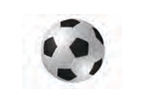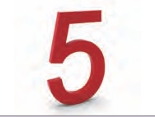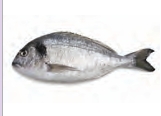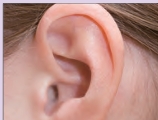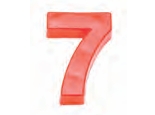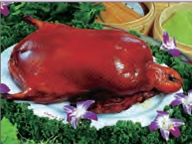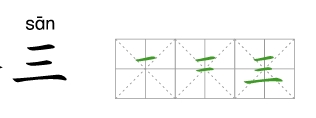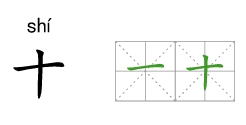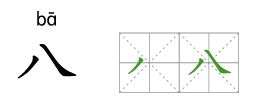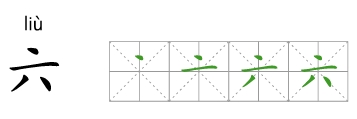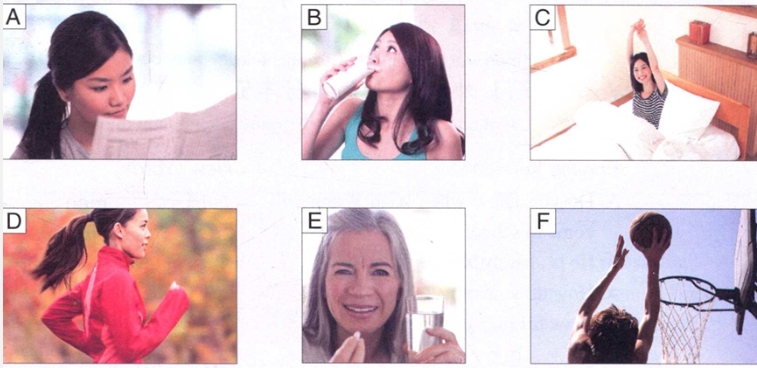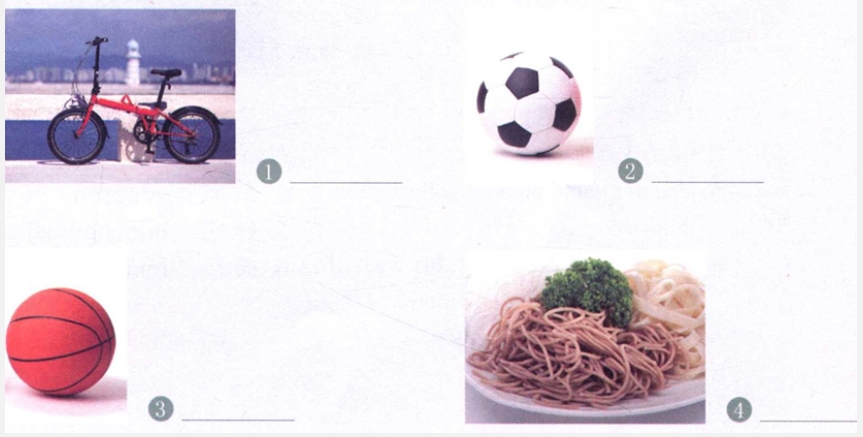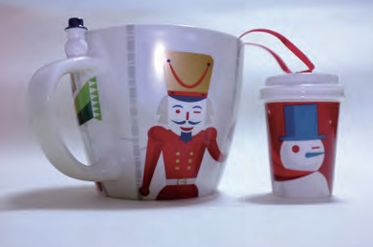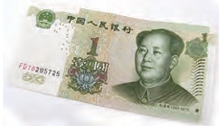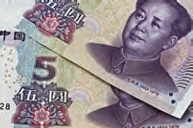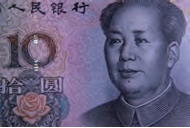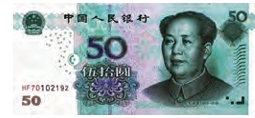
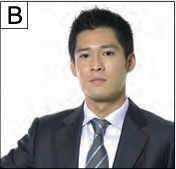




A:她(tā)是谁(shéi)?
B:她(tā)是我的(de)汉语(Hànyǔ)老师(lǎoshī),她(tā)叫(jiào)李(Lǐ)月(Yuè)。
A: Who is she?
B: She is my Chinese teacher. Her name is Li Yue.

| New Words | ||
|---|---|---|
| 1. 她 tā | pron. | she, her |
| 2. 谁 shéi | pron. | who, whom |
| 3. 的 de | part. | used after an attribute |
| 4. 汉语 Hànyǔ | Chinese (language) |
2 在图书馆 In the library 04 – 2

Nǐ shì nǎ guó rén?
A: 你是哪国人?
Wǒ shì Měiguó rén. Nǐ ne?
B: 我 是 美国 人。你呢?
Wǒ shì Zhōngguó rén.
A: 我 是 中国 人。
A: Which country are you from?
B: The United States. What about you?
A: I’m Chinese.
5. 哪 nǎ pron. which
6. 国 guó n. country, nation
7. 呢 ne part. used at the end of a question
3 看照片 Looking at the photo 04 – 3
Tā shì shéi?
A: 他是谁?
Tā shì wǒ tóngxué.
B: 他是我 同学。
Tā ne? Tā shì nǐ tóngxué ma?
A: 她呢?她是你 同学 吗?
Tā bú shì wǒ tóngxué, tā shì wǒ péngyou.
B: 她不是我 同学,她是我 朋友。

A: Who is he?
B: He is my classmate.
A: What about her? Is she your classmate?
B: No, she isn’t. She is my friend.
8. 他 tā pron. he, him
9. 同学 tóngxué n. classmate
10. 朋友 péngyou n. friend
注释 1 疑问代词 “谁”、“哪” The Interrogative Pronouns “谁” and “哪”
疑问代词 “谁” 在疑问句中用来询问人。例如:
The interrogative pronoun “谁” is used to ask about the name or identity of a person. For example:
| Subject | Verb | Object |
|---|---|---|
| 谁 | 是 | 李月? |
| 她 | 是 | 谁? |
| 他 | 是 | 谁? |
疑问代词 “哪” 用在疑问句中的结构形式为:哪+量词/名词+名词。例如:
When the interrogative pronoun “哪” is used in a question, the structure is “哪 + measure word/noun + noun”. For example:
- 哪本 (běn, a measure word for books) 书 (shū, book)?
- 哪个 (gè, a general measure word) 人?
- 你是哪国人?
2 结构助词 “的” The Structural Particle “的”
[名词/代词+的+名词] 表达一种所属关系。当 “的” 后的名词是亲属称谓或者指人的名词时,“的” 可以省略。例如:
The structure “noun/pronoun + 的 + noun” indicates possession. When the noun following “的” is a kinship or indicates a person, “的” can be omitted. For example:
- 李月是我的老师。
- 这 (zhè, this) 是我的书 (shū, book) 。
- 她不是我同学,她是我朋友。
3 疑问助词 “呢” (1) The Interrogative Particle “呢”(I)
疑问助词 “呢” 用在名词或代词后构成疑问句,用于询问上文提到的情况。常用的句式是:A……。B呢?例如:
The interrogative particle “呢” is used after a noun or pronoun, forming a question about the situation mentioned previously. The commonly used sentence pattern is “A……。B呢?” (A… What about B?). For example:
- 我不是老师,我是学生。你呢?
- 她叫李月。他呢?
- 我是美国人。你呢?
HSK 1 Unit 3 What’s your name?
给下面的词语选择对应的图片 Match the pictures with the words/phrases.


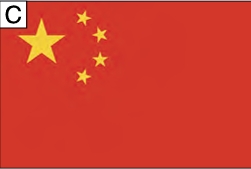
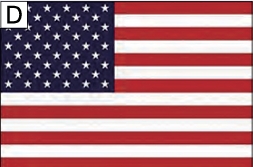


Nǐ jiào shénme míngzi?
A: 你叫什么名字?
Wǒ jiào Lǐ Yuè.
B: 我叫李月。
English Version
A: What’s your name?
B: My name is Lǐ Yuè.
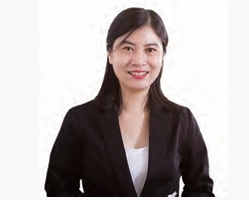
New Words
- 1. 叫 v. to call, to be called
- 2. 什么 pron. what
- 3. 名字 n. name
- 4. 我 pron. I, me
Proper Noun
- 1. 李月 Lǐ Yuè, name of a person
在教室 In the classroom
03-2
A: 你是老师吗?
B: 我不是老师,我是学生。
English Version
A: Are you a teacher?
B: No, I’m not. I’m a student.
New Words
- 5.是 v. to be
- 6.老师 n. teacher
- 7.吗 part. used at the end of a question
- 8.学生 n. student
在学校 In the school
03-3A: 你是中国人吗?
B: 我不是中国人,我是美国人。

English Version
A: Are you Chinese?
B: No, I’m not. I’m American.
New Word
- 9.人 n. human, person
Proper Nouns
- 2.中国 China
- 3.美国 the United States of America
疑问代词 “什么”
The Interrogative Pronoun “什么”疑问代词“什么”表示疑问,用在疑问句中可直接做宾语,或者与后接名词性成分一起做宾语。例如:
The interrogative pronoun “什么” is used in interrogative sentences, serving as the object by itself or together with a nominal element following it. For example:
- (1) 你叫什么名字?
- (2) 这是什么?
- (3) 这是什么书?
“是”字句
The “是” Sentence“是”字句是由“是”构成的判断句,用于表达人或事物等于什么或者属于什么。其否定形式是在“是”前加上否定副词“不”。例如:
A “是” sentence is a determinative sentence with “是”, indicating what somebody or something equals or belongs to. The negative sentence is formed by adding the negative adverb “不” before “是”. For example:
| Subject | Predicate | |
|---|---|---|
| (不) 是 | Noun/Noun Phrase | |
| 李月 | 是 | 老师。 |
| 我 | 是 | 美国人。 |
| 我 | 不是 | 老师。 |
用“吗”的疑问句
Interrogative Sentences with “吗”疑问助词“吗”表示疑问语气,用在陈述句句尾构成疑问句。例如:
The particle “吗” indicates an interrogative mood. When “吗” is added at the end of a declarative sentence, the declarative sentence turns into a question. For example:
| Subject | Verb | Noun/Noun Phrase | 吗? |
|---|---|---|---|
| 你 | 是 | 美国人 | 吗? |
| 你 | 是 | 中国人 | 吗? |
| 你 | 是 | 老师 | 吗? |
练习 Exercises
- 你叫什么名字?
- 你是中国人吗?
- 你是美国人吗?
- 你是老师吗?
- 你是学生吗?

他叫 乔丹 (Michael Jordan),他是人。
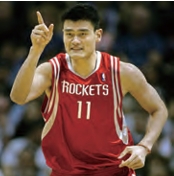
他叫 姚明 (Yao Ming),他是人。

我不是,我是学生,
我是人。

我是,我不是学生,我是人。

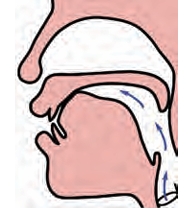
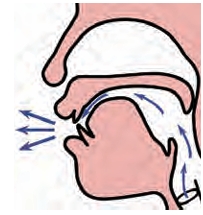
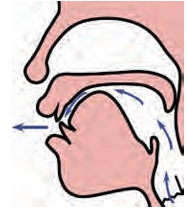
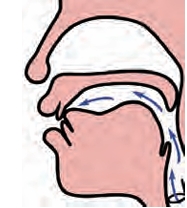
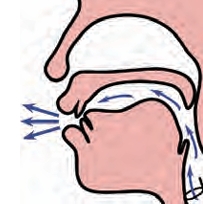
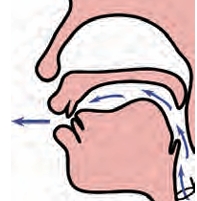
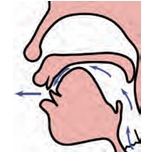

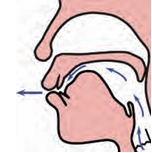









 shān
shān zhōng
zhōng yáng
yáng cài
cài shǒu
shǒu xióng
xióng yún
yún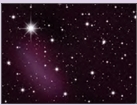 xīng
xīng yuán
yuán rén
rén chuán
chuán chuáng
chuáng chī
chī rè
rè


